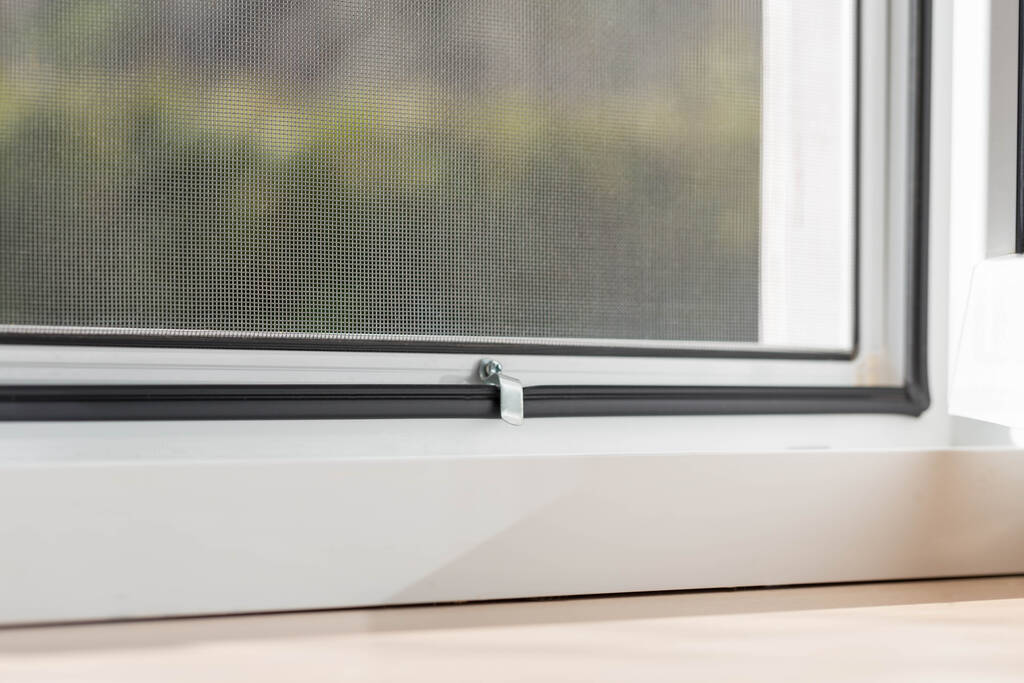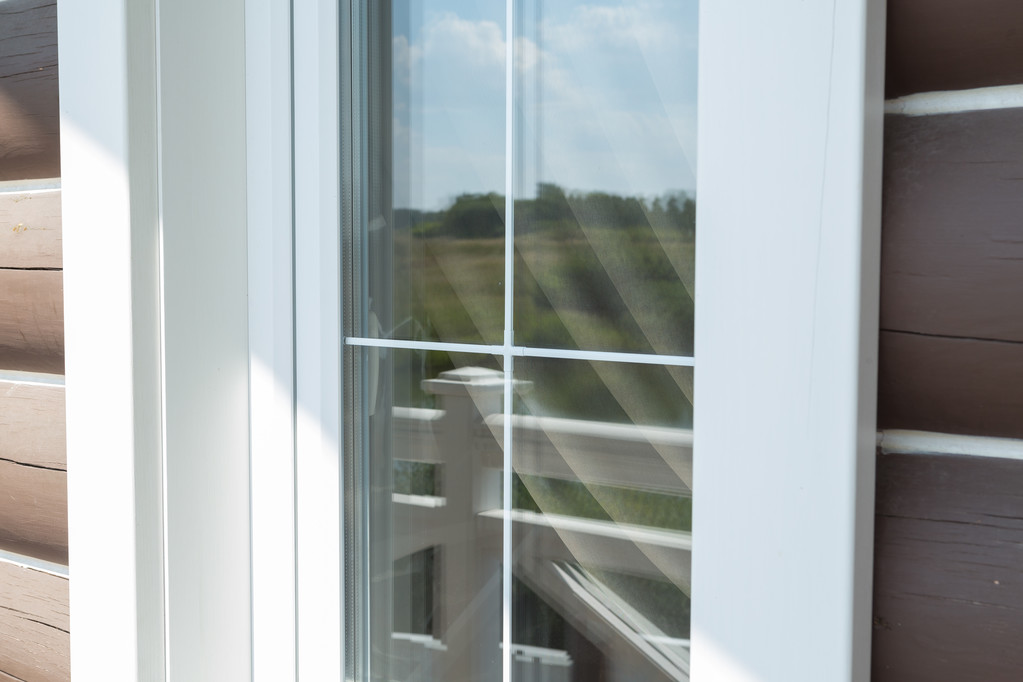In the world of modern architecture and interior design, functional and aesthetic elements must seamlessly merge to create spaces that are both visually appealing and highly durable. When it comes to choosing the right doors for homes and commercial buildings, one material has been gaining significant attention and popularity: FRP, or Fiber Reinforced Polymer. FRP doors offer a unique combination of strength, versatility, and style, making them an excellent choice for various applications.

In this article, we will explore the features, benefits, and applications of FRP doors, shedding light on why they have become the go-to option for architects, builders, and homeowners alike.
Strength and Durability:
FRP doors are engineered to withstand the test of time and various environmental conditions. The primary strength of FRP doors comes from the combination of fibers and polymers used in their construction. The door’s core is made from a strong, lightweight material such as honeycomb or polyurethane foam, providing exceptional rigidity. The core is then encased in multiple layers of fiber reinforcement, typically using glass or carbon fibers. This layered construction imparts remarkable strength, making FRP doors resistant to impacts, warping, cracking, and rotting.
Versatility in Design:
One of the significant advantages of FRP doors is their versatility in design. The manufacturing process allows for intricate detailing and customization, enabling architects and homeowners to create doors that perfectly match the desired aesthetics of any space. FRP doors are available in a wide range of finishes, textures, and colors, including wood grain, smooth, textured, and metallic finishes. This versatility allows for seamless integration with various architectural styles, whether contemporary, traditional, or industrial.
Weather Resistance:
FRP doors excel in outdoor applications due to their exceptional resistance to weathering. Unlike traditional wooden doors that may warp, expand, or contract when exposed to moisture or extreme temperature fluctuations, FRP doors remain stable and maintain their structural integrity. This inherent resistance to water, UV radiation, and corrosive substances makes FRP doors an excellent choice for exterior use, including entry doors, patio doors, and doors in coastal areas.
Security and Fire Resistance:
When it comes to security, FRP doors provide peace of mind. Combining robust construction materials and advanced locking mechanisms ensures enhanced security against forced entry attempts. Moreover, FRP doors can be manufactured to meet fire safety standards, making them suitable for applications that require fire-rated doors. These doors are designed to resist the spread of flames and smoke, allowing occupants valuable time to evacuate the premises in case of a fire emergency.

Low Maintenance:
FRP doors require minimal maintenance compared to traditional door materials. Unlike wooden doors that need regular sanding, staining, or painting to maintain their appearance and protect against decay, FRP doors are highly resistant to fading, chipping, and discoloration. They can be easily cleaned with mild soapy water, and their color remains vibrant for years, eliminating the need for frequent repainting or refinishing.
Applications:
FRP doors find applications in various settings, including residential, commercial, and industrial spaces. In residential settings, they are an ideal choice for front entry doors, patio doors, and interior doors. The ability to mimic the appearance of wood without the associated maintenance issues has made FRP doors popular among homeowners who desire a natural aesthetic without compromising on durability.
Commercial and industrial buildings also benefit from the installation of FRP doors. Their resistance to moisture, chemicals, and extreme temperatures makes them suitable for high-traffic areas, such as hospitals, schools, laboratories, and manufacturing facilities. FRP doors are also frequently used in areas where hygiene is crucial, such as cleanrooms, food processing facilities, and pharmaceutical labs.
Learn more at Wiki as well.

